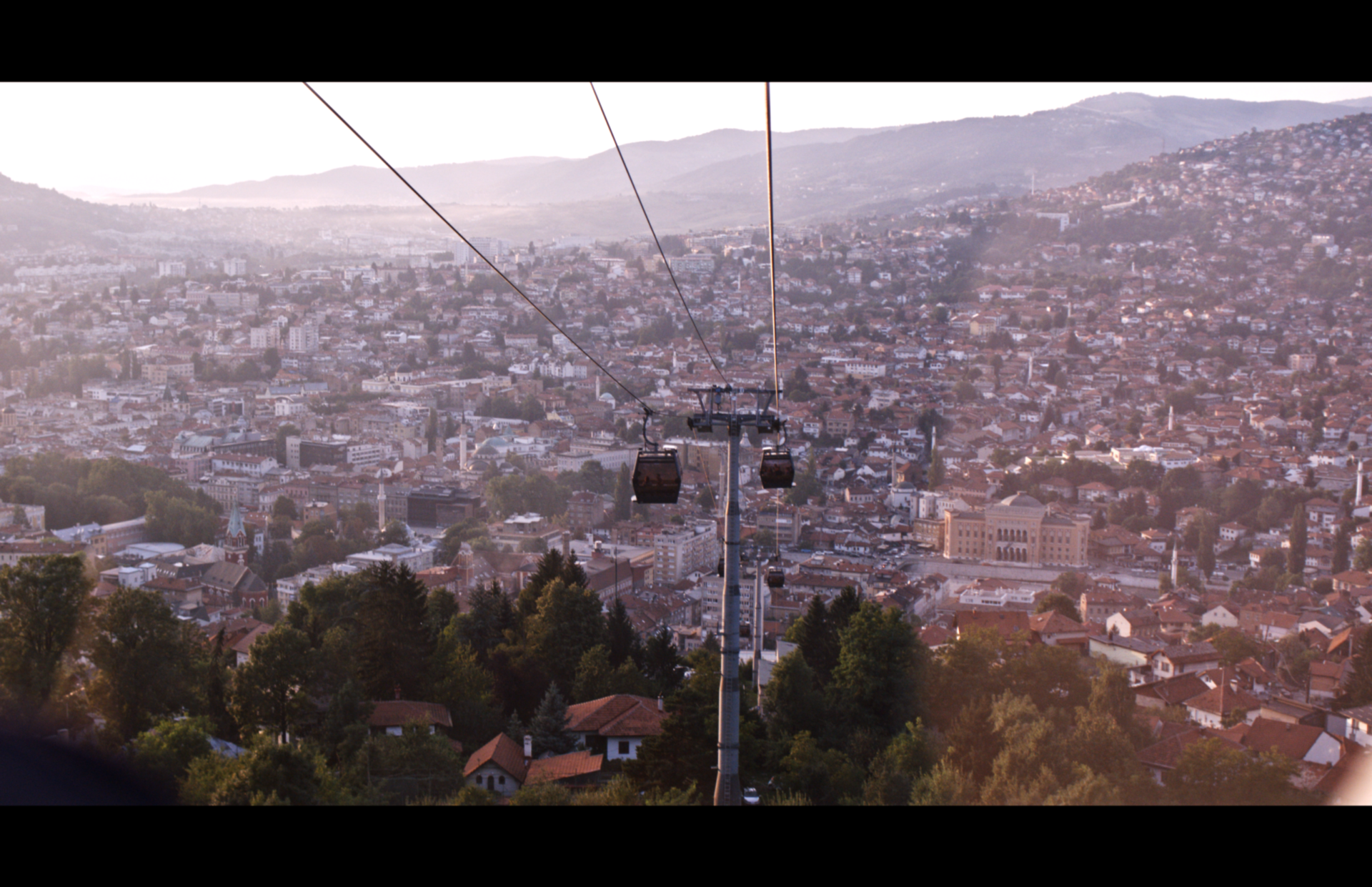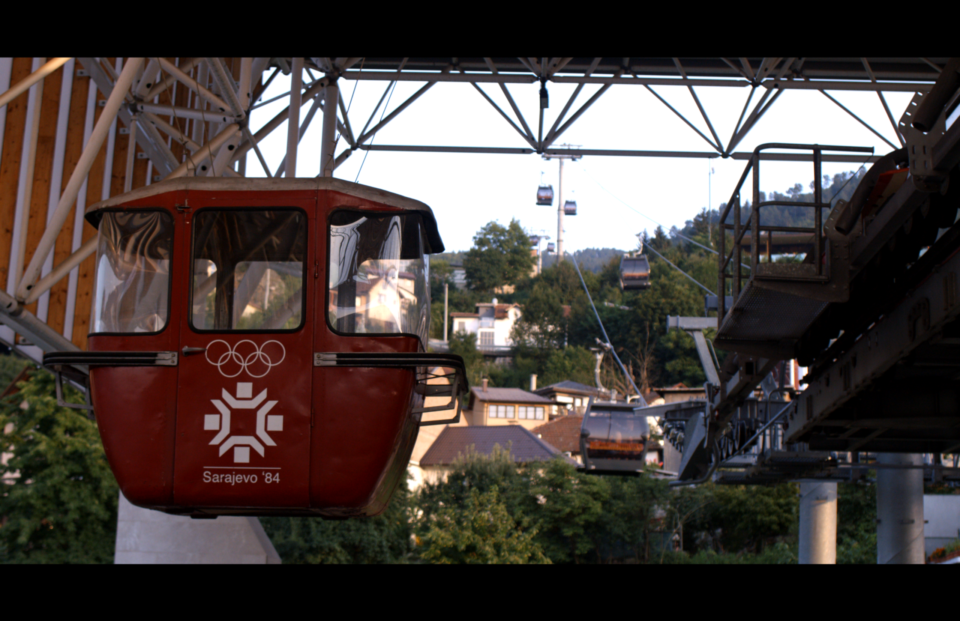
With bold steps forward, forever yearning to create something new, to go where no one has gone before—in striving to alter everything around them, mankind has altered itself.
Is that not how cities came to be? These places can never be fully defined as “residential,” as the emergence of civilizations and cultures has transcended the purpose of mere living and dwelling. Capital cities, in particular, have often embodied this role, and Sarajevo is no exception to this pattern of urbanization.
Everything in Bosnia and Herzegovina has always started here, sometimes ahead of its time, sometimes far too late, but always ensuring this capital city is a reflection of an entire society. At times, capitals may deviate or stray towards excess, but Sarajevo is different, because this valley has always been the place where everything begins.
The cable car is an example of this pioneering spirit, and its beginnings go back much further than many tourists and younger citizens of Sarajevo might think. Under its original name, uspinjača, or funicular, the cable car began operating in 1959. According to available records, the opening of the funicular in May of that year was attended by Sarajevo citizens as well as members of the Central Committee of the League of Communists of Bosnia and Herzegovina, as honorary passengers. The 1984 Sarajevo Winter Olympics further highlighted the importance of the funicular, which connects the Old Town with Mount Trebević.
For the safety of visitors, the funicular’s operations have been suspended several times—in 1977, 1982, and 1987. During the war that began in 1992, it was completely destroyed. It was renovated and officially reopened on April 6, 2018, on Sarajevo City Day.
The refurbished cable car features modern machinery and more cabins, enabling a faster ride to the top of Trebević. Its cabins are painted the colors of the Olympic rings—blue, red, yellow, green, and black. It can be said that the cable car is a symbol in itself, but also a symbol of Sarajevo, representing the possibility, resistance, and perseverance of this city.
A Pleasant Escape From the Valley
The cable car has also become a tourist attraction, echoing scenes of the city’s history while offering respite from winter smog and summer heat. No matter the reason, taking the cable car to Trebević is the easiest way to escape from the valley and enjoy the wonders of nature.
In winter, visitors are filled with enthusiasm, despite the cold – not only because of the trip to Trebević and the variety of activities the mountain offers, but above all, they say, because of the breathtaking view of the city. They are happy with the quality of services and grateful for the warm hospitality.
Asked about the influx of tourism, representatives of Sarajevo Cable Car emphasized that they are proud to be recognized as a year-round attraction and that a ride on the cable car has become a must for every visitor to the city.

“The cable car is one of the few vertical transportation options from the city center to the Olympic mountain. If we add to that the special atmosphere of the ride with its panoramic view of the city, it’s not surprising that the number of visitors increases from year to year. Last year, the cable car was visited by nearly 340,000 visitors. In January of this year, we had 20,350 visitors,” they noted.
At the height of the busy tourist season, there are more foreign visitors using the cable car than citizens of Bosnia and Herzegovina. However, the representatives reported that in January, more local citizens take advantage of the service, incentivized by a special discount.
Perks for BiH Citizens
The Sarajevo cable car offers a discounted price for citizens of Bosnia and Herzegovina. For the last seven years, residents of the country have paid six Bosnian marks—or three euros—less than non-residents for their return ticket.
By decision of the Sarajevo Public Company Administration, an additional discount is offered on national and religious holidays, when the price of a cable car ride per person is four Bosnian marks (two euros). Moreover, individual and group discounts are available for elementary and high school students year-round.
For the safety of visitors, the cable car is closed in the event of bad weather, especially high wind, which is a rare occurrence in the Bosnian capital.
It has been years — decades, in fact — since the first passengers rode on the Sarajevo cable car. Once a humble funicular built shortly after World War II, the cable car was conceived out of hope for a better life. Back then, in the socialist realist environment, the funicular was an ode to progress, symbolizing faith in a better tomorrow.
Today, the Sarajevo cable car, which was also rebuilt after the last war, sends a slightly different message, tinged with nostalgia—the longing for a lost self from some other time. And so, the Sarajevo cable car tirelessly departs and returns, symbolizing a bygone era while also affirming that better times are just around the corner.






